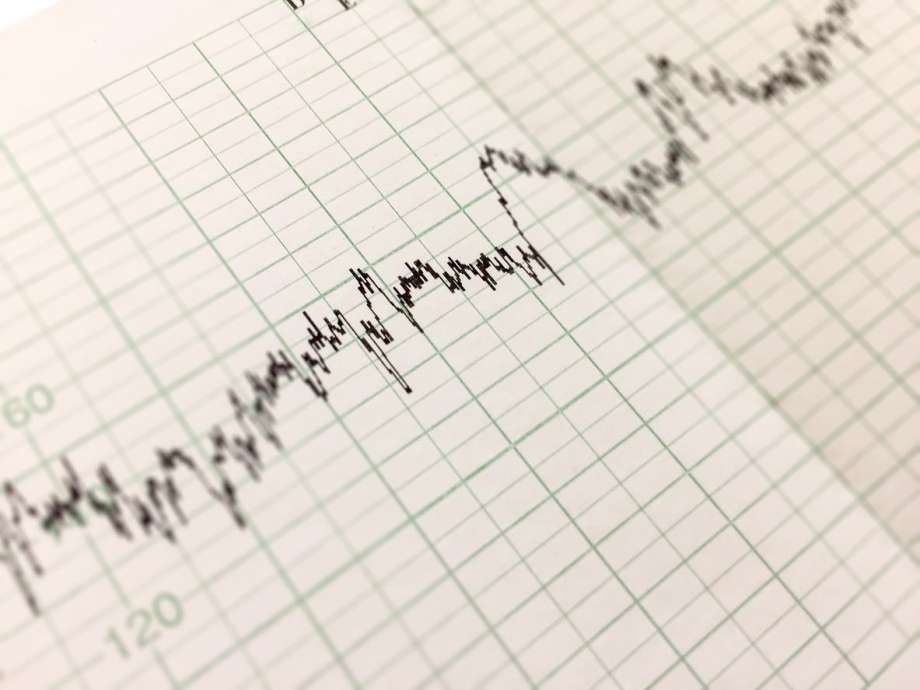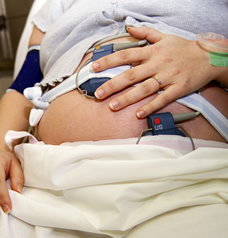Should You Have Electronic Fetal Monitoring?

External fetal monitoring
The baby's heartbeat and the strength and frequency of your contractions are measured by devices strapped to your abdomen with wires that connect to a machine that produces a printout of the readings and an ongoing digital log on the computer.
Although monitoring during labor is an important part of the care of you and your baby, there is some debate as to the benefits of continuous monitoring and some believe there may be associated maternal risks. As a result, most hospitals suggest intermittent fetal monitoring. Although you can refuse monitoring entirely, the staff may be unhappy about this and ask you to sign a form or statement releasing them from liability if anything goes wrong during the labor and birth.
Risks
Studies suggest that women who are monitored continuously are more likely to have a cesarean section or an assisted delivery with forceps or vacuum (see Methods of assisting birth). This is because your doctor may see changes in the fetal heart rate that concern her. Some changes, such as a faster heart rate (more than 160 beats a minute), known as tachycardia, or decreases in the heart rate that occur after your contractions, can be caused by decreased oxygen to your baby. If your doctor sees these changes, she may be unable to determine if they were caused by low oxygen or if your baby is actually fine.
If it's thought that your baby may be at risk, an emergency cesarean section may be recommended. If there are fetal heart rate changes while you are pushing, a forceps or vacuum delivery may be offered.
Benefits
The benefits of continuous electronic fetal monitoring are not entirely clear. You are able to hear your baby's heartbeat and some women may find this comforting. Also, experts agree that continuous monitoring reduces the chance that your baby will have a seizure after the birth, a symptom of brain injury from low oxygen. Seizures are rare, occurring in around 2.5 per 1000 births with monitoring and 5 per 1000 births without monitoring. It is harder to prove that electronic fetal monitoring can prevent rarer complications such as cerebral palsy or fetal death.

Continuous monitoring of your baby's heart rate and your contractions is done by means of monitors strapped to your abdomen.

Your baby's heartbeat is recorded against a baseline measurement of 120 beats per minute. The heart rate rises and falls naturally with contractions; unusual variations can indicate fetal distress.